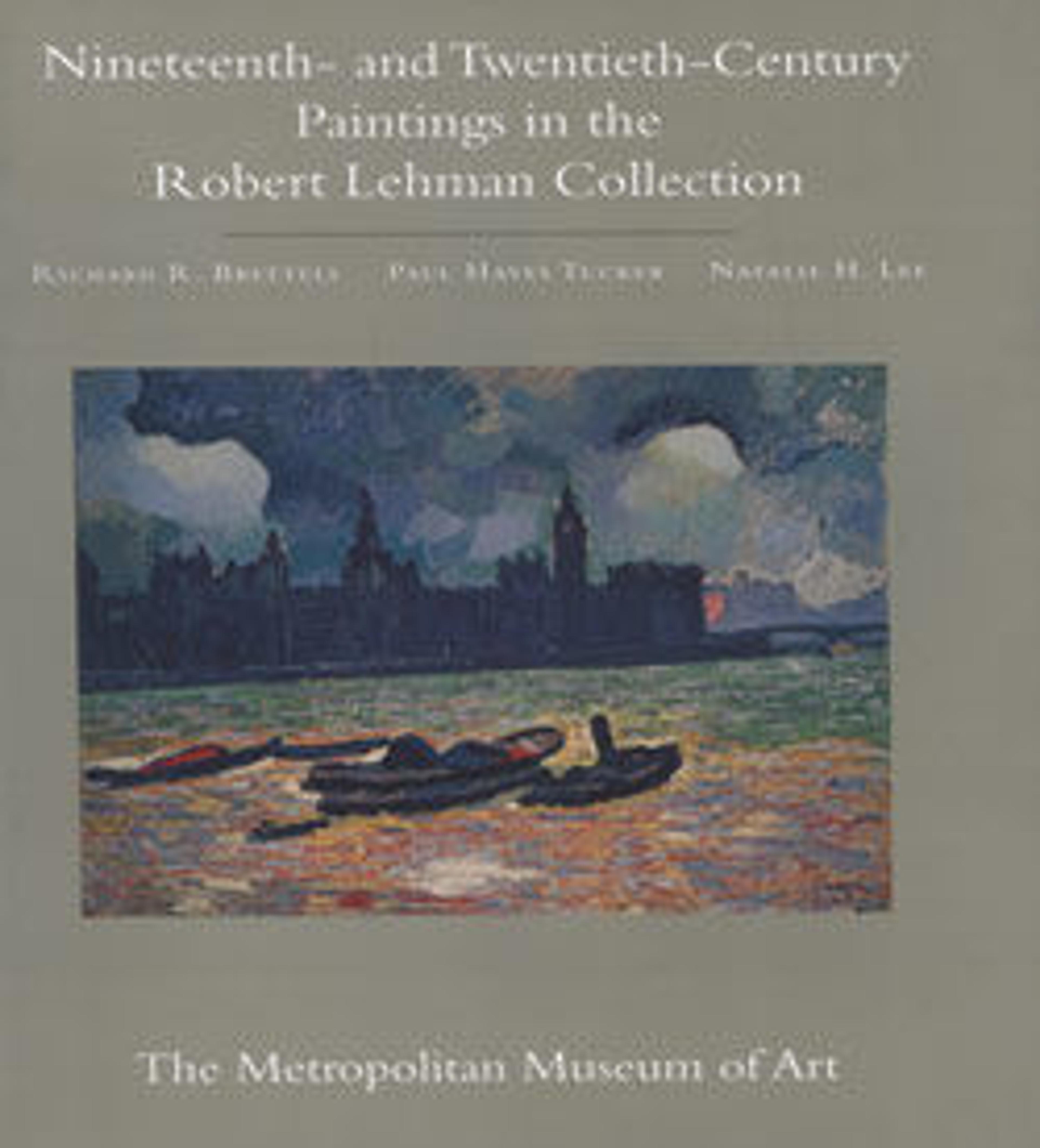Dancer in Ukrainian Dress
In 1899, Degas produced a series of compositions devoted to dancers in Ukrainian folk dress, in which he fused color, line, and interlocking forms to create tapestry-like pictures. Degas called them his "orgies of color." This figure was excerpted from a fully developed pastel of the same year (private collection), but the present work was almost certainly made by Degas as an independent drawing intended for ready sale. Another work from the series is in the Metropolitan’s Robert Lehman collection (1975.1.166). The subject reflects the surge of French interest in the art and culture of Ukraine, then part of the Russian Empire, following France's political alliance with that Empire in 1894.
Artwork Details
- Title:Dancer in Ukrainian Dress
- Artist:Edgar Degas (French, Paris 1834–1917 Paris)
- Date:1899
- Medium:Pastel over charcoal on tracing paper
- Dimensions:24 3/8 x 18 in. (61.9 x 45.7 cm)
- Classification:Drawings
- Credit Line:H. O. Havemeyer Collection, Bequest of Mrs. H. O. Havemeyer, 1929
- Object Number:29.100.556
- Curatorial Department: European Paintings
More Artwork
Research Resources
The Met provides unparalleled resources for research and welcomes an international community of students and scholars. The Met's Open Access API is where creators and researchers can connect to the The Met collection. Open Access data and public domain images are available for unrestricted commercial and noncommercial use without permission or fee.
To request images under copyright and other restrictions, please use this Image Request form.
Feedback
We continue to research and examine historical and cultural context for objects in The Met collection. If you have comments or questions about this object record, please contact us using the form below. The Museum looks forward to receiving your comments.
